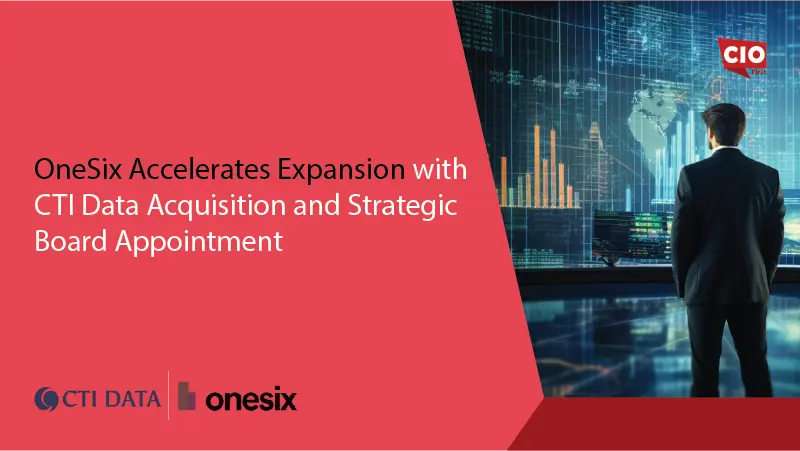Industry 4.0 demands businesses to have analytics tools seamlessly integrated into the enterprise tech stack, to best leverage the data gathered.
Enterprises of all sizes, types and industries with legacy tech stacks find it challenging to get secure access to data whenever required. With the advent of industry 4.0, organizations generate a huge volume of data that has actionable insights for businesses to scale exponentially. Customer Relationship Management (CRM), Enterprise Resource Planning (ERP) systems, spreadsheets, social media data, and other sources generate a huge volume of structured and unstructured business data.
Also Read: Reshaping Enterprise Infrastructure for a Future-Ready Business
According to a recent report published by Fortune Business insights, the market size of data integration will rise from USD 11.94 billion in 2022 to USD 29.16 billion by 2029, with a 13.6% CAGR during the forecast period. Organizations need to implement robust big data integration strategies to ingrain data-driven workflows throughout the operations.
Business decision makers are exploring opportunities to adopt a data-driven approach to accelerate their digital transformation efforts.
Here are a few best big data integration strategies that CIOs can consider:
Develop a comprehensive big data integration strategy
CIOs should consider developing an approach that includes all seamlessly integrated data functions and information distributed across multiple servers to design an efficient big data integration. Enterprises need to thoroughly evaluate the data flow during the gathering, migrating, and storing of the information. Moreover, they need to also look after the security, performance, and disaster recovery approaches while integrating big data into their tech stack. DataOps teams should evaluate the data movement topology throughout the end-to-end data management processes. Organizations that do not have a robust big data integration strategy will not be able to establish transparency on how to manage data in real-time and with accuracy.
Also Read: Why Data Fragmentation is a Top Concern for Cloud-Focused Enterprises?
Consider data as a product
In organizations that consider integration as an IT responsibility, data is usually perceived as applications and infrastructure’s byproduct. Enterprises need to strategically shift the focus of data from being a byproduct to a product for an effective data integration strategy. Self-serve and no-code tools will assist businesses in gaining actionable insights to improve the data flow throughout the organization.
Develop expertise
Businesses today generate a huge amount of unpredictable data through various channels. But with the increasing number of channels and the nature of data collected, inaccessibility of the channels can become a challenge. Enterprises with complex data environments need to rationalize data across multiple verticals. There are many big data integration service providers that look after end-to-end integration needs. Attracting and recruiting the best integration experts in-house will help to accelerate the processes. CIOs should consider designing strategic data governance policy without compromising the data quality to ensure smoother integration.
Metadata clarification
One of the most significant ways to ensure a smooth big data integration is by developing contextual data models that portray data elements flowing into the lake. Developing a metadata model can assist users in connecting data sources to their own projects and clarify misinterpretations across the different channels.
Develop an end-to-end integration lifecycle
DevOps teams can integrate application development with deployment, but with DataOps, they need to integrate streamlined dataflows. Enterprises can consider big data integration as a part of their application development cycle to ensure smooth integration. DataOps teams can migrate the data first and transform it later to streamline the big data integration process.
























